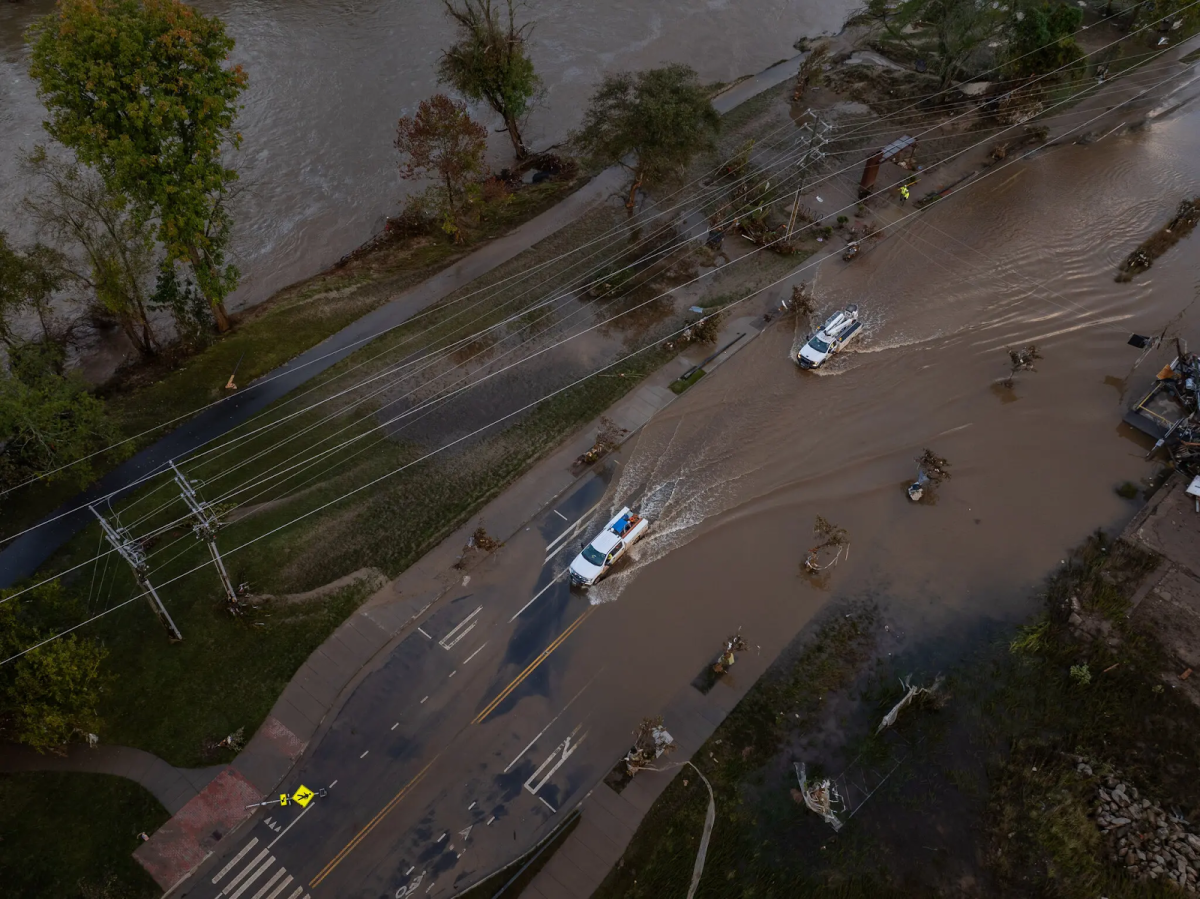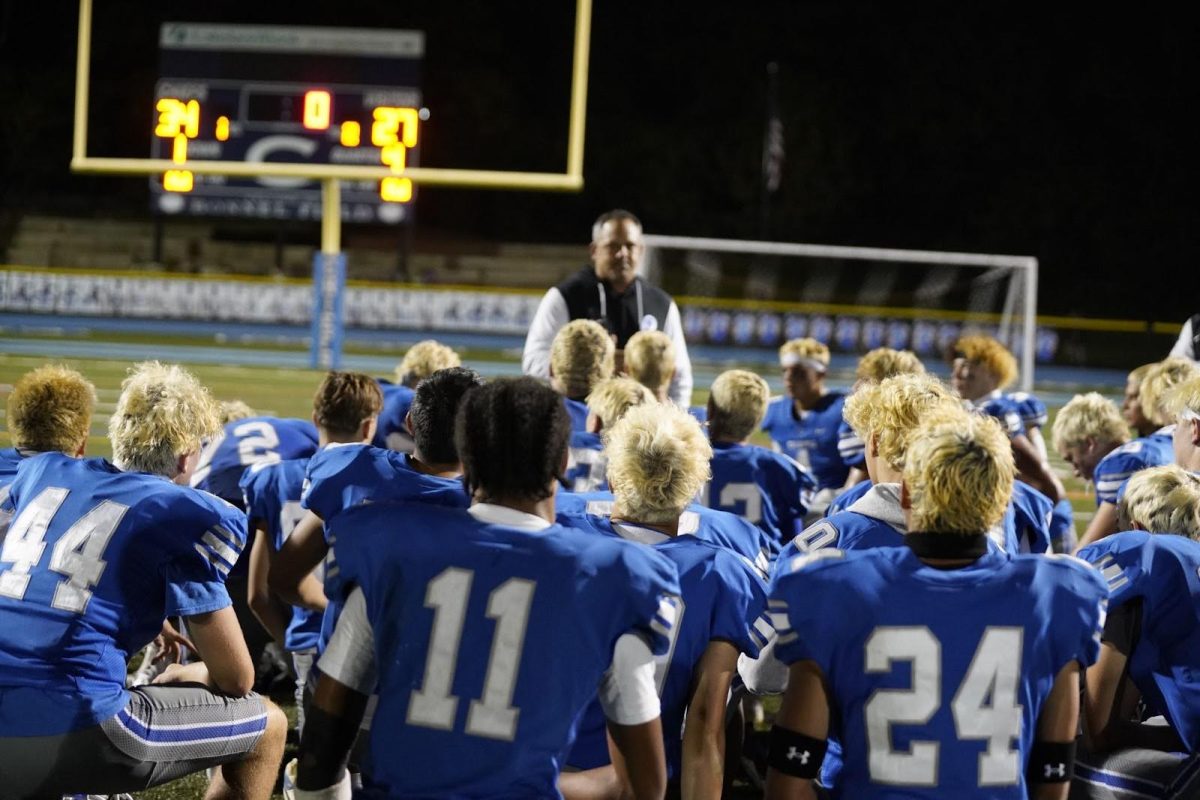
*This story is developing daily. This article may not reflect the most recent information.*
When President Barack Obama announced in May that the United States would withdraw from Afghanistan by the end of his second term in 2016, the threat in the Middle East to American interests was relatively low, and US forces began to prepare for orderly withdrawal.
Then, in July 2014, the Islamic State of Iraq and Syria, also known as ISIS, ISIL, or simply the “Islamic State,” began an aggressive terror campaign in the Middle East to capture territory. The group has massacred thousands of innocent civilians in Iraq and Syria and continues to persecute and kill civilians for their religious and political beliefs. In late July, ISIS began pushing religious minority groups in Iraq onto a secluded mountain with no access to crucial supplies, and accompanied this action with an ultimatum–come down from the mountain and convert to a radicalized form of Islam, or die of a lack of resources in the mountain. At this point, the world began to take notice.
ISIS originated as Al Qaeda of Iraq, and remained closely affiliated with the group that orchestrated the September 11th attacks for many years. However, in early 2014, Al Qaeda cut all ties with ISIS, reportedly because of continued brutality shown by ISIS terrorists. Since then, ISIS has been declared to be a foreign terrorist organization by numerous nations, including the United States and the United Kingdom. The United Nations and Amnesty International have both accused ISIS of serious human rights violations. Under pressure from the international community, as well as many Americans, the Obama Administration announced targeted airstrikes against ISIS in Iraq on August 7, 2014. In a televised address to the nation, President Obama assured the public that the operations would not involve “boots on the ground,” meaning that there would be no American combat troops fighting on Iraqi soil. The operation would be restricted to the air. The United States also began humanitarian air drops in Iraq, to aid the stranded civilians. The US was joined by other nations in this effort.
In the weeks that would follow, the world would continue to be shocked at the brutality of ISIS terrorists. On August 19, 2014, James Foley, an American citizen and journalist covering the fighting in the Middle East, was beheaded by a member of ISIS on tape, and the video was posted to the internet. It was later determined that the terrorist in the video was British. In response to this and other brutalities committed in late August by ISIS, British Prime Minister David Cameron raised the UK threat level to “severe.” ISIS flexed its arm once again on September 2, 2014, when a terrorist beheaded a second American journalist, Steven Sotloff.
The view of the majority of the American public began to rapidly change from that point forward. Even politicians who had previously spoken out against any American military intervention came forward in support of air strikes against ISIS. President Obama delivered a nationally televised address on September 10 to outline a new strategy to fight ISIS, in use today, to enlist a “broad coalition of nations” to join the United States in targeted air strikes against ISIS. Now, that list includes over fifty countries, all standing at the ready to combat the threat of ISIS.
While air strikes in Iraq began in August, ISIS is also a threat in neighboring Syria. For weeks the United States refused to take action to quell the terrorism threat in that country, which is led by President Bashar al-Assad, who the United States and other western nations have called on to step down following harsh civil war and use of chemical weapons against citizens. Then, on September 22, on President Obama’s authorization, the United States was joined by Jordan, Saudi Arabia, Bahrain, Qatar, and the United Arab Emirates in the first air strikes against terrorist targets in Syria. The American part of the missions, which continue today, includes the use of cruise missiles fired from US warships and fighter jets launched from US aircraft carriers.
Following over a week of coalition air strikes on Syria, ISIS beheaded a British aid worker, Alan Henning, on Friday, October 3, and threatened to do the same to an American hostage.
One thing is for sure. This is a threat that will not go away easily, or in the near future. American and British officials, including the head of US Central Command, have said publicly that the world needs to be prepared for a continued assault on ISIS for the months and years to come to protect interests of the Iraqis, Syrians, and citizens of the rest of the world. This is America’s newest chapter in the war on terrorism.





























